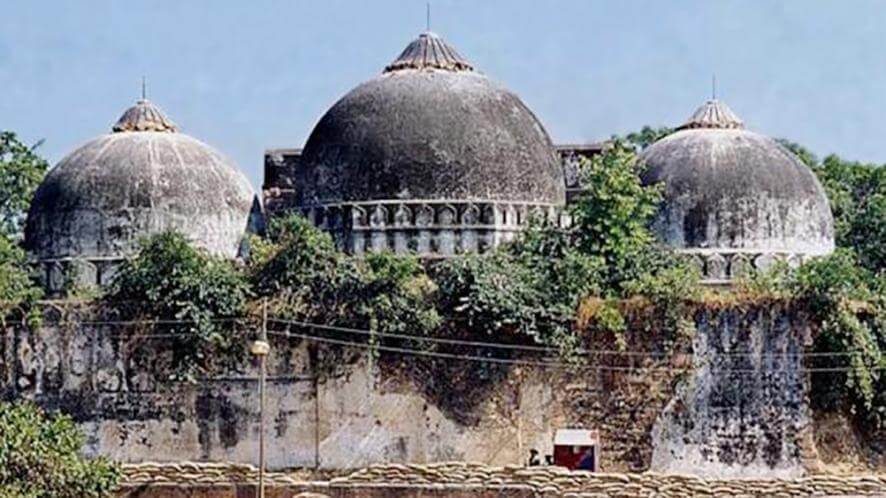Ram Mandir Hearing

Ram Mandir Hearing
One thing that can be said with certainty about the history of our country is that no one can ever know the exact point of its conception. And though this speaks volumes of its richness and cultural affluence, it is also a major reason behind unrest in this country. Probably the biggest bone of contention between two elemental sects of India is the Babri Masjid-Ram Mandir row and even though the row can be debated on multiple platforms with multiple subjects- political or religious, the rift is majorly a legal one.
The Origin:
Although one can start the story with the arrival of Babur or maybe even before that, the dispute only became substantial towards the end of 1992 with the demolition of Babri Masjid which stood strong as one of the biggest mosques in Uttar Pradesh in the city of Ayodhya. It wasn’t just another political rally for the Hindu Kar Sevaks, but a violent riot that killed thousands of people, many of them Muslims. The motivation behind this violence was not inherent but instigated, and to date, the row isn’t merely a land dispute but a political and religious scuffle based on historical events.
The Legal angle:
Some people consider the land where Babri Majid stood as Ram Janmabhoomi or the birthplace of Lord Ram and Muslims have prayed on the site where Babri Mosque stood for generations, making it a holy ground for them too. But if we talk mainly from a legal standpoint, then the issue stands to be a land allotment dispute between parties.
In 2010, the Allahabad High Court, in a landmark judgment, asked for the partition of the said piece of land. The holy land was divided into three parts: one-third allotted to Infant Ram, one-third to the Sunni Waqf Board, and the rest to the Hindu denomination of Nirmohi Akhara, presently headed by Mahant Bhaskar Das. But of course, the fact of the matter remains that the dispute cannot be separated from the emotions of believers. Following the Allahabad judgment, batches of petitions were filed in the Supreme Court challenging the 2010 judgment.
What is the solution to the Ram Mandir issue?
In addition to Allahabad, there are multiple controversial judgments that have brought new elements of ambiguity to the case. Moreover, there are historical documents, data, and research papers that point to the existence of a temple buried under the mosque, which again remains debated. With the number of opinions present in the row, the only answer is the Constitution. According to the seventh schedule of the Indian Constitution, the government has the power to legislate on matters relating to the acquisition of property and land; and hence the possibility of a law dealing with the land keeping the constitutional principles in mind is very much on the table.
However, before all the plausible solutions are tried, the Ram Mandir – Babri Masjid case is scheduled to be heard in January 2019 to be considered by the Chief Justice of India led Bench in the Supreme Court, and though the bench refused to refer the case to a higher bench for consideration, the case is being regarded by the highest judicial officer of the country.

